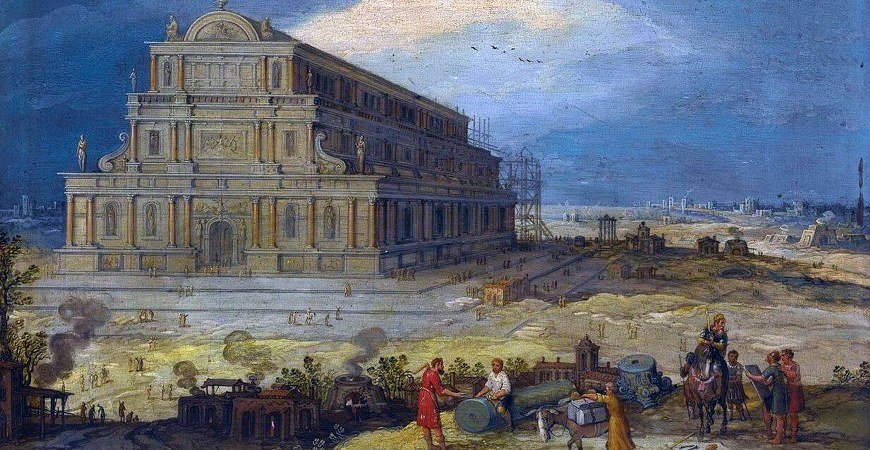
The Temple of Artemis Ephesus Turkey
The Temple of Artemis Ephesus Izmir Turkey
One day the hero of legend Agamemnon set out for Troy with his navy and army. On the way, he entered a harbor and went out hunting. When Agamemnon killed the sacred deer of Artemis the goddess got her revenge by stopping the winds which would allow the ships to leave the harbor, and Agamemnon was forced to stay. The diviners said that if he sacrificed his daughter Iphigenia it would appease the anger of Artemis. This put Agamemnon in a difficult spot but in the end, he decided to send his daughter to the temple to be sacrificed. But just as the priest raised up his knife Artemis turned Agamemnon’s daughter into a deer and the girl was saved. A short while later a sea wind began to blow. Temples dedicated to Artemis were built in several places, and statues of the goddess with a bow in her hand and a beer by her side placed in them. The marble statue of Artemis found on the site of the municipal building in 1955 which was original that belonging to the large Artemis temple in Ephesus is something of a mystery. Archaeologists say that it was made in the second century BC yet it is very different from other Artemis statues that are in various other museums of the world. Once you join our Ephesus Tours, you will be able to visit Tample of Artemis and get deep information about it.
It is very beautiful and as soon as it was discovered it was taken to Ephesus Museum. Art historians and experts from all over the world came rushing to Ephesus to see the statue, and in a short time it came to be known as ‘Beautiful Artemis’.
The Ephesus Artemis or Beautiful Artemis depicts the goddess clothed and standing, with a crown on her head. She appears to be leaning against a cushion decorated with the figures of sacred animals. Her expression is a sweet seriousness with drawn eyebrows s, almond eyes, and full lips. She is wearing a necklace. Her breast is covered with three rows of egg shaped symbols representing abundance, and her skirts carry the figures of sacred animals. She holds two staffs in her hand and there is a deer on either side of her. Such a beautiful Artemis deserves her name. She is certainly different from the Artemis statues in the west. She is clear;y inspired by the Mother Goddess Cybele who was worshiped in Anatolia for thousands of years. In fact, experts say that the worship of Artemis was a continuation of the traditional Mother Goddess cult of Anatolia. On her skirts are the Bee symbols of the city of Ephesus. During this period every city had its symbol that of Ephesus being the honey bee. If you ever travel to the sub-province of Selcuk from Izmir and visit the ruins of Ephesus you should not leave without visiting the Ephesus Museum. At the entrance to the museum, you will be greeted by a magnificent lady with long skirts of milk white marble.